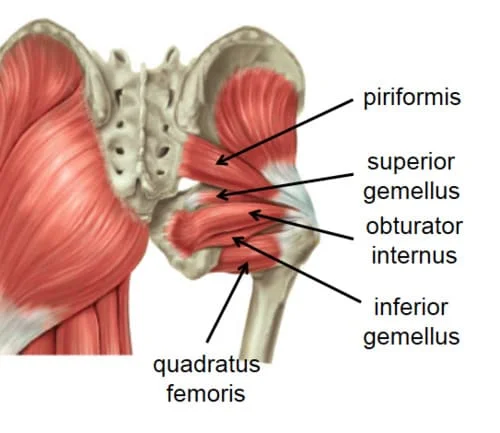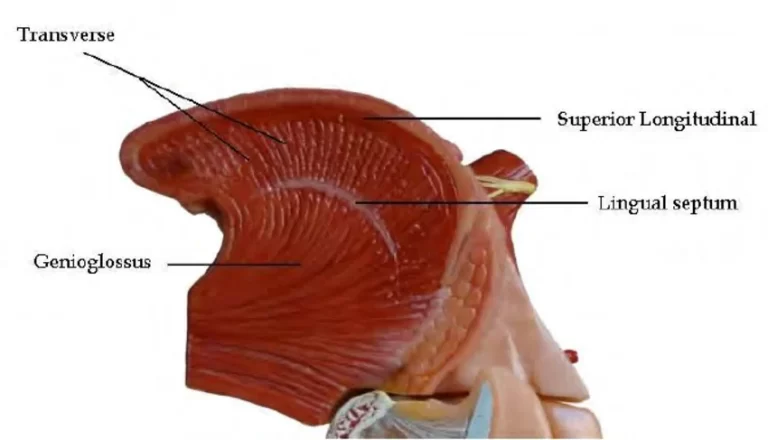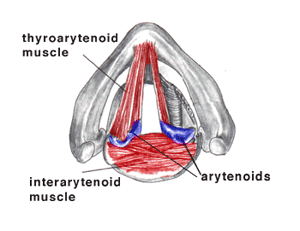Gemellus Superior Muscle
Table of Contents
Anatomy of Gemellus Superior Muscle
Gemellus superior is a small muscle situated deep in the posterior pelvis, located below the larger muscles of the hip and thigh, mainly gluteus maximus, it is part of the group of deep gluteal muscles.
The other associated deep gluteal muscles are piriformis, obturator internus, obturator externus, gemellus inferior, and quadratus femoris. All these muscles work together to provide stability to the hip joint and external rotation and abduction of the thigh.
Gemellus superior muscle is the smaller of the two, arises from the outer (gluteal) surface of the spine of the ischium, blends with the upper part of the tendon of the Obturator internus.
Superior and inferior gemellus muscle with obturator internus to form the triceps coxae, which act together on the hip, mainly external rotation and extension of the thigh.
What does Gemellus mean?
Gemellus is a Latin word that means “the twin” in English where Superior gemellus muscle and Inferior gemellus muscles work and look similar to twins.
Origin:
the posterior surface of the ischial spine.
Insertion:
into tendon of obturator internus .
Nerve supply:
nerve to obturator internus (l5-s1) by the sacral plexus.
Blood supply:
Branches of the internal iliac artery, internal pudendal, inferior gluteal, and rarely by the superior gluteal artery
Action:
- Rotates the thigh laterally; also helps abduct the flexed thigh.
- Also helps in stabilizes head of femur in acetabulum (Hip joint)
- Superior gemellus work with a part of the triceps coxae muscle group to produce lateral rotation and abduction of the hip joint.
- Lateral rotation – When your lower limb is in a neutral position, the triceps coxae muscles work together to rotate the proximal femur laterally. These triceps coxae muscles work to laterally rotate the lower limb in the carry-through phase of the gait cycle.
- Abduction – When the hip is in flexed position at 90 degress, where triceps coxae muscles pulls the proximal femur medially while at the same the distal femur moves laterally, this will leads to abduction of the thigh. This movement is produced in seating position when you try to positioning your lower limb out of the car.
Triceps coxae muscle
The three-headed muscles of the pelvis also called the Triceps coxae muscle, are located deep to gluteus maximus, superiorly is located is piriformis muscle while quadratus femoris is located inferiorly.
Superior gemellus, inferior gemellus muscle and obturator internus to form the triceps coxae muscles group. The piriformis muscle fibers can partly mix with the superior gemellus and thus insert into the femur with triceps coxae common tendon.
Clinical importance:
Assessment of the gemellus superior in isolation is difficult mainly due to its closeness to the other lateral rotators of the thigh. Examination of the lateral rotators would be done during the hip assessment.
Gemellus superior, gemellus inferior, obturator internus and piriformis muscles provide stability of the hip joint. These muscles work with other gluteus muscles to counter anterior forces of the hip.
Gemellus superior muscle exercise:
To strengthen the gemellus superior, you should strengthen your Hip rotator muscles.
Three-point hip rotation:
Keep your position on your hands and knees on a soft mat. Bring your left knee towards your chest while keeping your knee flexed. Then gradually rotate your leg externally to the left and then to the back, then bring the knee back to your chest. Complete a total of 8-10 repetitions on the opposite leg. Keep your stretch movement gradual, gentle, and pain-free.
FAQs
A tiny muscle called the gemellus superior is located in the hip’s postero-lateral region. To externally rotate the hip, it joins together with the gemellus inferior and the obturator internus to generate the triceps coxae. These three muscles serve as deep hip stabilizers.
The posterior (gluteal) surface of the ischial spine of the bony pelvis is where the superior gemellus muscle originates. It passes through the smaller sciatic foramen as it travels laterally in the direction of the femur.
obturator internus nerve
The nerve innervates the inferior gemellus muscle to the quadratus femoris (L4-S1) and the superior gemellus muscle to the obturator internus (L4-S2). These nerves are all branches of the sacral plexus.
When the hip flexor muscles are too tight, the deep hip rotator muscles have to overcompensate and work harder, which leads to gemellus muscle pain and discomfort.
Branches of the inferior gluteal artery give blood to the superior gemellus muscle.







2 Comments